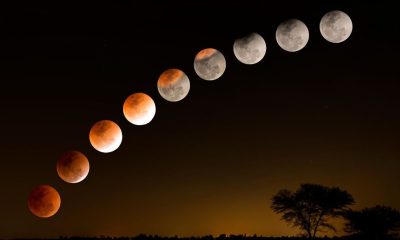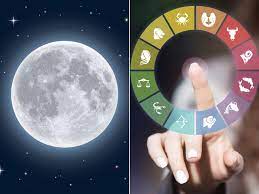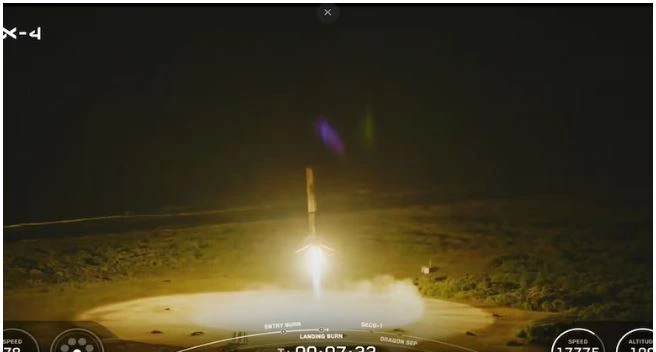Latest Science News
Longest Lunar Eclipse 2021 on November 19 in India: What to eat, what to avoid and which mantras to chant during Chandra Grahan
According to NASA, the lunar eclipse 2021 will last for about 3 hours 28 minutes and 23 seconds making it the longest eclipse of the 21st century and the longest in the last 580 years.

Latest Science News
Astronaut Shubhanshu Shukla to meet PM Modi after return from historic space mission
Astronaut Shubhanshu Shukla, who recently returned from the ISS as part of the Axiom-4 mission, will meet PM Modi this evening. Parliament will also hold a special discussion on his historic journey.
India News
Shubhanshu Shukla pens emotional note as he returns to India after space mission
Indian astronaut Shubhanshu Shukla penned an emotional Instagram post as he returned to India after his 18-day ISS mission, marking a milestone in India’s space journey.
Latest Science News
Shubhanshu Shukla becomes second Indian in space, lifts off for ISS aboard Axiom-4 mission
Group Captain Shubhanshu Shukla becomes the second Indian astronaut to travel to space after four decades, aboard the Axiom-4 mission to the International Space Station.
-
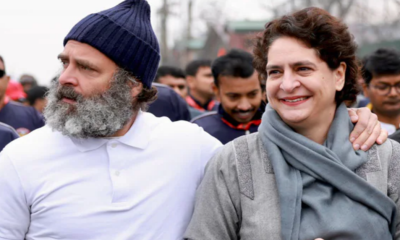
 India News14 hours ago
India News14 hours agoBJP minister claims rift between Rahul and Priyanka Gandhi over Parliament speeches
-

 India News17 hours ago
India News17 hours agoGRAP IV enforced in Delhi amid severe pollution: What remains open and what shuts down
-
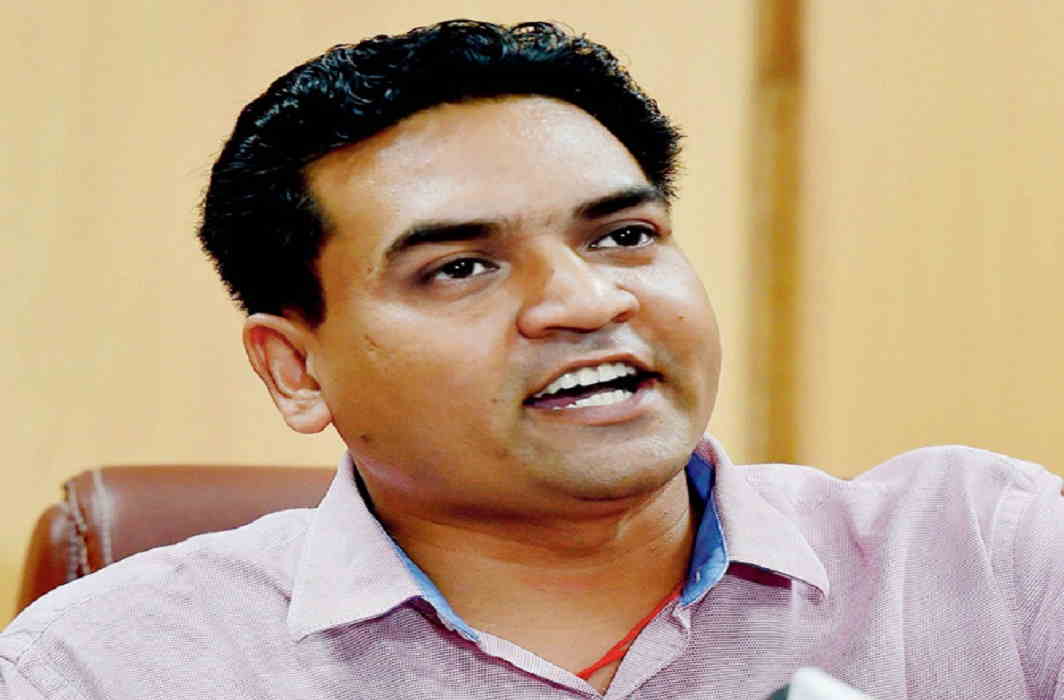
 India News12 hours ago
India News12 hours agoDelhi orders 50% work from home as pollution emergency deepens
-

 India News12 hours ago
India News12 hours agoBharat Taxi to launch in Delhi on January 1 as cooperative alternative to app-based cabs
-
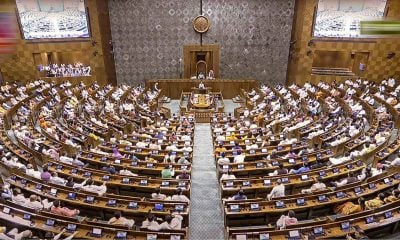
 India News7 hours ago
India News7 hours agoLok Sabha passes SHANTI Bill, opens civil nuclear sector to private participation
-

 Latest world news17 hours ago
Latest world news17 hours agoTrump administration expands US travel ban to 20 more countries, Palestinians also affected
-
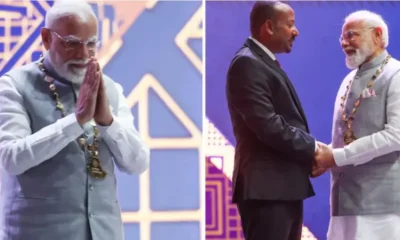
 Latest world news17 hours ago
Latest world news17 hours agoPM Modi receives Ethiopia’s highest civilian honour, first world leader to get award
-
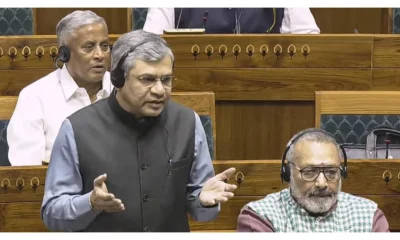
 India News7 hours ago
India News7 hours agoPassengers must pay charges for excess luggage on trains, says railway minister


